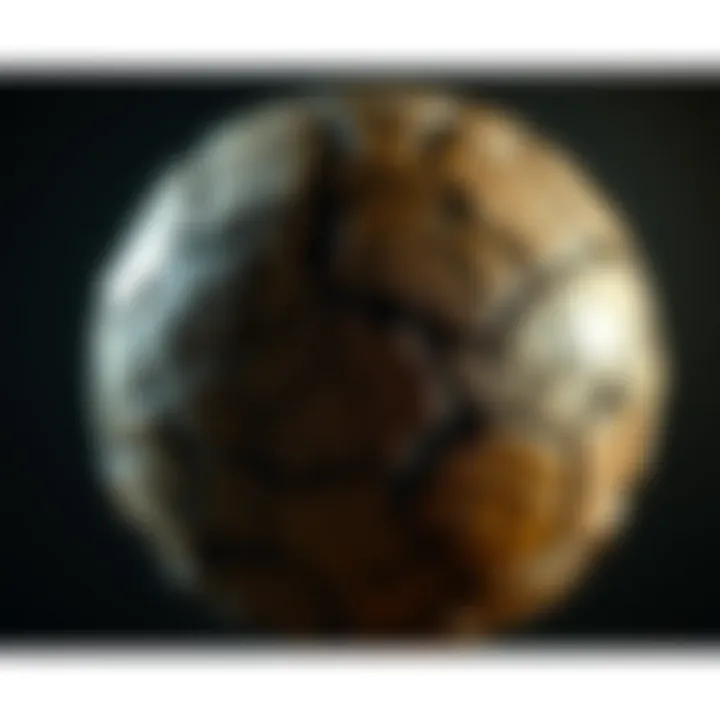Radiocarbon-14 Results | Ancient Sphere Dates Back 12,560 Years
Edited By
David Harper

A recent radiocarbon-14 dating test on seashells encased within the Buga Sphere has sparked debate among people, revealing its age as approximately 12,560 years. This finding raises questions about its origins and the materials used in its construction. "The test was done on seashell mass that was inside the ball, not the metal of the ball!" one commenter noted, highlighting the complexity of the sphere's timeline.
What's Inside the Sphere?
Commenters on various user boards have been actively discussing not only the age but also the materials involved in the Buga Sphere. One particularly intriguing point raised is that the sphere is made of polymer resin, suggesting that it could be even older than the dating indicates.
Initial Reactions to the Discovery
Reactions among people have been mixed, with ongoing debates about the implications this discovery has for understanding ancient cultures. Many are curious about what the ages of the external materials could uncover about historical context.
"Polymer resin, so the sphere itself could be even older!"
Key Themes from the Ongoing Conversation
Material Controversy: There's a focus on the use of polymer resin versus natural materials, impacting the perceived age of the sphere.
Testing Methods: Many are questioning the methodology of the dating process, emphasizing the importance of understanding what exactly was tested.
Historical Significance: The implications of such a finding lead some to speculate what else ancient artifacts could reveal about pre-history.
Takeaways
⚪ The Buga Sphere's estimated age of 12,560 years adds a new layer to its mystery.
🌊 "The test was done on seashell mass!" raising concerns about testing validity.
⏳ Ongoing discussions suggest that the polymer resin indicates the sphere could be more ancient.
As further developments unfold, many are left pondering: What else can this sphere reveal? Stay tuned for more updates as the story continues.
What Lies Ahead for the Buga Sphere?
As people continue to debate the Buga Sphere's significance, there’s a strong likelihood that researchers will conduct further tests to evaluate the materials used in its construction. Experts estimate around 70% probability that analysis of the polymer resin will provide insights into the sphere’s age, potentially confirming it as being older than the current radiocarbon dating suggests. Furthermore, discussions about the sphere's origins will likely provoke renewed interest in ancient cultures, with some historians suggesting that discoveries like this could shed light on human innovation and craftsmanship during a time of profound change, impacting how society views these historical periods.
Echoes of the Past
This situation mirrors the story of a 19th-century discovery in the Pacific Northwest, where a carved wooden artifact generated heated debates about its authenticity and origins. Initially dismissed by many as a modern creation, later analysis revealed its true age. The journey of the artifact from skepticism to validation parallels the current discussions surrounding the Buga Sphere. Just as that wooden relic invited a reexamination of the region's history, the Buga Sphere may soon alter our understanding of ancient craftsmanship in a similar way, pushing people to consider innovations of the past in a new light.
